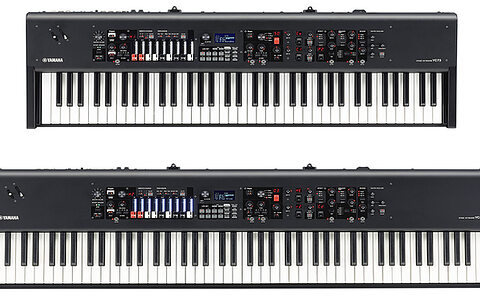
NAMM 2021: Black Lion Audio release their first ever interface
US modding experts' debut interface promises outstanding technical performance in a bus-powered package.

US modding experts' debut interface promises outstanding technical performance in a bus-powered package.
Anharmonic distortion involves the introduction of frequencies not musically related to the source signal, usually through some form of modulation process, such as aliasing in digital equipment which is overloaded or has poor anti-alias filtering, or scrape flutter in analogue tape machines.
Some form of corruption — wanted or unwanted — of the source signal. All forms of distortion are formed by non-linearities in an electronic circuit or an audio transducer. Harmonic Distortion is typically caused by over-loading to some degree components in the signal pathi, resulting in the addition or stengthening of odd and/or even harmonics of fundamental frequencies present in the source signal. Anharmonic distortion involves the introduction of frequencies not musically related to the source signal, usually through some form of modulation process, such as aliasing in overloaded digital equipment, or scrape flutter in analogue tape machines. Some forms of distortion are often added intentionally to a musical source to alter it's character in a pleasing way — such as on an electric guitar, for example.

Three new hardware synths pay homage to the 2600, the MiniKorg-700S and the DW-8000 wavetable keyboard.

The music and recording industry's major annual trade show takes place online this week.

These moving-coil microphones are designed for spoken and sung vocals.

The dual-woofer DBS8 offers low distortion, wide dispersion and time-domain correction DSP.


Synth fans rejoice! New X6 version of Speck's rackmount line mixer packs 20 stereo inputs, eight buses and four aux sends/returns into a 4U rack.

BONUS WEB EXTRA REVIEW! Could Apple’s latest 27-inch iMac be the perfect all-in-one at the right price for musicians and audio engineers?